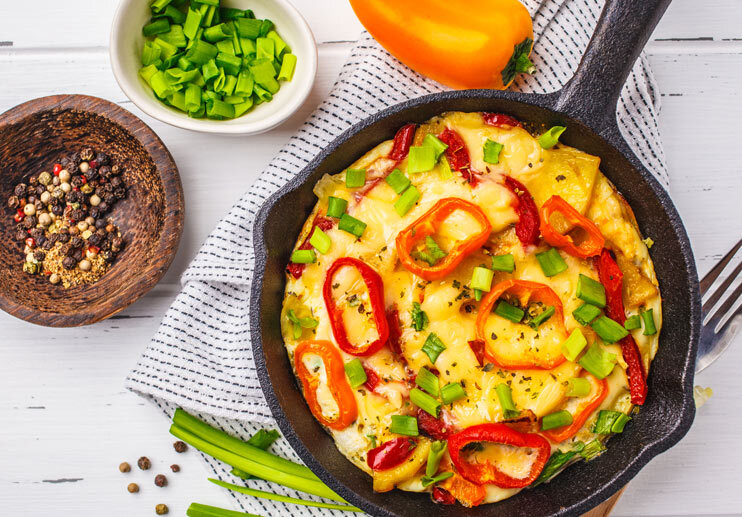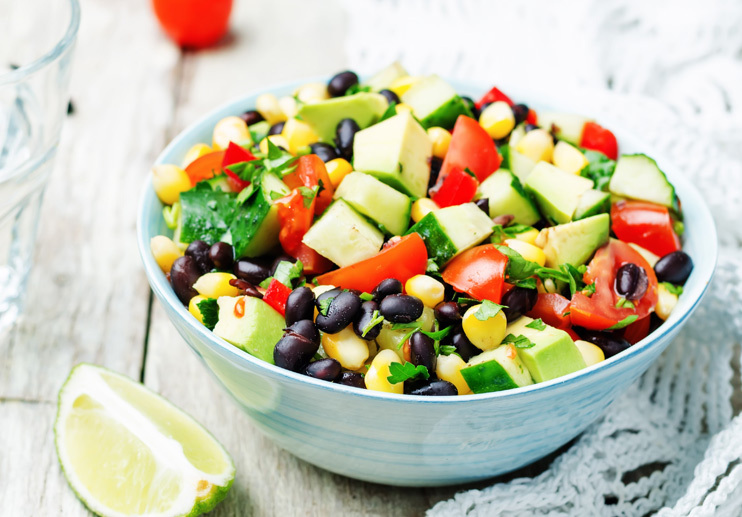This infinitely customizable recipe is good for breakfast, lunch, or dinner—warm or at room temperature. The following version is vegetarian, but you can add cooked sausage, diced ham, or crispy bacon to the mix. Serve with toasted country-style bread if you’re not watching your carbs.
Ingredients
- 5 ounces fresh baby arugula (about 4 big handfuls), washed and dried
- 2 tablespoons white or red wine vinegar
- 1/4 cup extra virgin olive oil, plus extra for oiling the pie plate and for drizzling
- Coarse salt (kosher or sea) and freshly ground black pepper
- 1 cup grated mozzarella or Monterey Jack, divided use
- 1 scallion, trimmed, white and green parts thinly sliced
- 1/2 red bell pepper, stemmed, seeded, and diced
- 6 large eggs, beaten
Directions
Step 1
Preheat the oven to 350°F.
Step 2
Place the arugula in a medium mixing bowl and fluff with your fingers. Add the vinegar and 1/4 cup of extra virgin olive oil; toss gently to mix. Season lightly with salt and pepper and toss again. Set aside.
Step 3
Oil a 9-inch glass pie plate with olive oil. Scatter 3/4 cup of the cheese evenly over the bottom of the pie plate. Top with the scallions and bell pepper. Slowly pour the eggs over the vegetables and cheese.
Step 4
Bake the frittata until the eggs are just set and have begun to pull away from the sides of the pie plate, about 25 minutes. Sprinkle the remainder of the cheese evenly over the top of the frittata; the heat
from the eggs will melt it. Let the frittata rest for 5 to 7 minutes before cutting into 6 wedges.
Step 5
To serve, place a wedge of frittata on each plate; pile some of the arugula salad on the side Serve extra virgin olive oil on the side for drizzling.
Serves 4 to 6 — Recipe courtesy of the Fresh-Pressed Olive Oil Club



